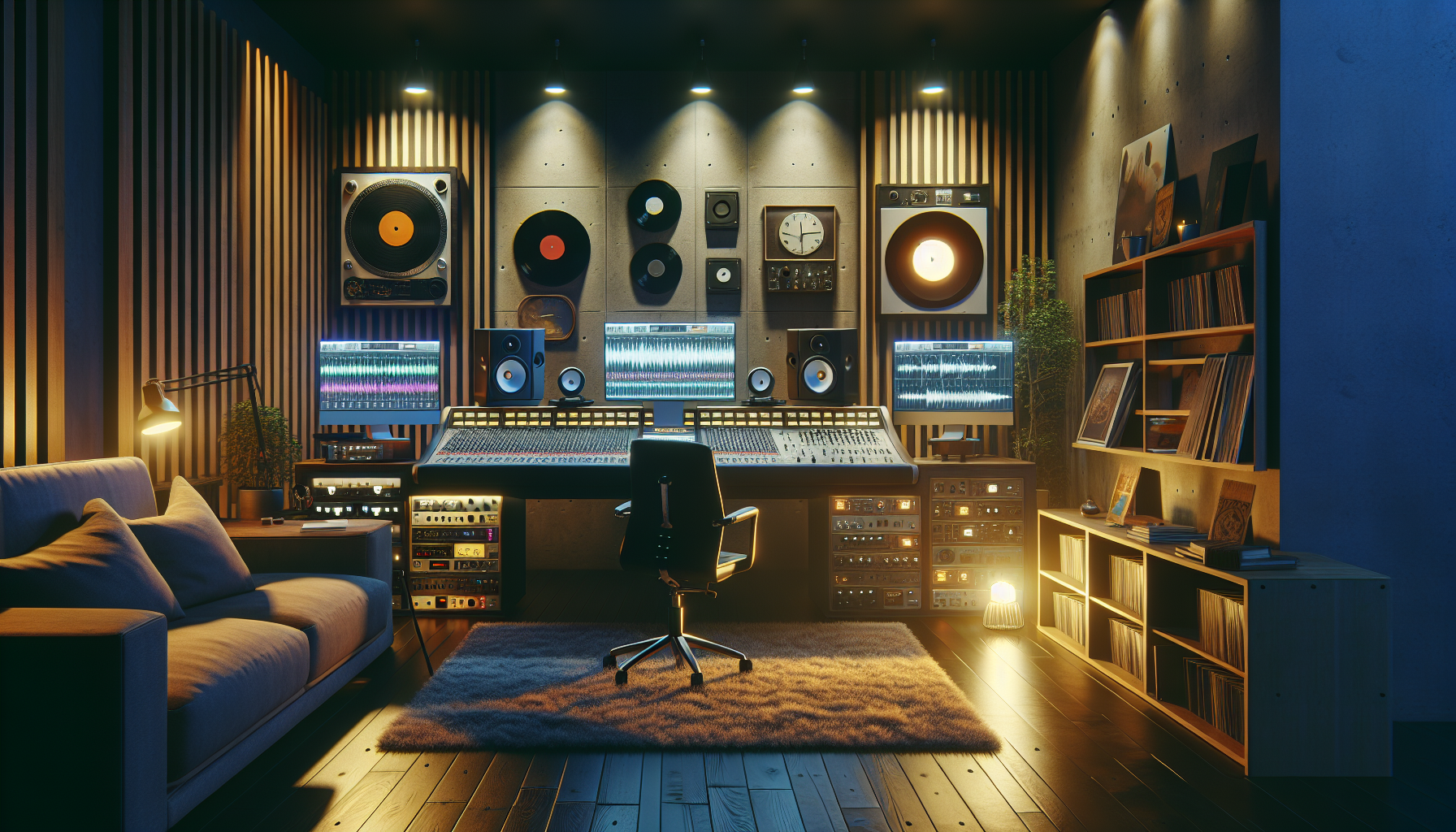Mastering Essentials: How to Polish Your Music for Streaming Platforms
Introduction: The Importance of Mastering for Streaming Platforms
Mastering is the crucial final step in preparing music for streaming platforms, transforming a well-mixed track into a professional, release-ready product. Streaming platforms like Spotify, Apple Music, and YouTube impose specific technical requirements and loudness standards that every artist must understand. A professionally mastered track delivers clarity, consistent loudness, and a polished sound that translates across all playback systems. For many independent musicians, understanding audio mastering tips, streaming platform loudness standards, and technical specifications can be challenging—especially with tight budgets and limited experience.
In this article, we’ll simplify the process of mastering music for Spotify and Apple Music, explore platform standards like LUFS targets, and offer actionable steps for indie artists. Whether you’re a novice seeking mastering tips or aiming to achieve high sound quality for streaming, this guide provides the essentials needed for confident music release preparation.
Decoding Streaming Platforms’ Technical Standards
Streaming platforms use loudness normalization to ensure consistent playback volumes for listeners. Your music must meet specific loudness standards; otherwise, it could be turned down or lose impact. Key specifications include:
- Spotify: -14 LUFS Integrated, True Peak below -1 dBTP
- Apple Music: Around -16 LUFS, True Peak below -1 dBTP
- YouTube: -14 LUFS, with unique normalization processes
- Sample Rate & Bit Depth: 44.1kHz/24-bit or 16-bit WAV for upload
Failing to meet these LUFS targets may result in distortion or significant volume drops, harming the listener experience. Always supply high-quality WAV or FLAC files, avoiding MP3s unless explicitly requested, as they can degrade sound quality. Remember: louder isn’t always better; overly compressed masters may suffer post-normalization.
Pro tip: Always review platform-specific mastering guides—both Spotify and Apple Music offer official recommendations—to perfect your track quality for streaming.
Pre-Mastering Steps: Getting Your Mix Ready
A great master starts with a clean, balanced mix. Before mastering music for streaming, ensure your mix is free from frequency clashes, well-leveled, and that all components are clearly audible. Decide between solo (single stereo file) or stem mastering—stem mastering offers more control over elements like vocals and drums but may require more resources.
Leave sufficient headroom: export your mix with peaks near -6 dBFS and maintain at least 24-bit depth with dither enabled when necessary. Regularly check for phase issues, ensure bass frequencies aren’t muddy, and compare your mix to professional reference tracks. This fine-tuning greatly impacts the mastering stage.
Pro tip: Use a LUFS meter when A/Bing with reference tracks to match perceived loudness, enabling an unbiased assessment of your mix before mastering.
Essential Mastering Techniques for Streaming Success
A typical mastering chain for streaming includes:
- EQ: Correct frequency imbalances gently.
- Compression: Control peaks and enhance mix consistency.
- Limiter: Raise levels to LUFS targets, avoiding true peaks.
- Stereo Imaging: Adjust width; keep bass mono below 120 Hz to avoid artifacts.
Use metering plugins to monitor LUFS, true peak, and dynamic range. Choose transparent mastering plugins, such as iZotope Ozone or TDR Limiter. Preserve transients and dynamics: excessive limiting can harm clarity, especially post-normalization. Periodically check mono compatibility by collapsing your master.
Pro tip: Many platforms apply their own codecs—use plugin emulations like Sonnox Codec Toolbox to preview your master’s sound after streaming compression.
Recommended Tools and Software
Professional results don’t require costly equipment. Affordable and free plugins for mastering music for Spotify and Apple Music include:
- TDR Nova (dynamic EQ)
- Limiter No6 (transparent limiter)
- SPAN by Voxengo (spectrum analyzer)
- Youlean Loudness Meter (accurate LUFS/true peak readings)
DAWs like Ableton Live, Logic Pro X, and FL Studio offer powerful mastering tools. Online mastering services (such as LANDR or eMastered) give quick results—ideal for demos—but always compare them to manual mastering for best quality.
Backup each version of your master, label files with version numbers, and regularly A/B against rough mixes and references to avoid mix fatigue and track progress.
Pro tip: Create a “mastering template” with preferred plugins, checklists, and reference tracks to streamline your process and ensure project consistency.
Uploading and Quality Control: Delivering Your Music
Before releasing, listen to your master across multiple systems—phones, earbuds, car stereos, and monitors. Scan for artifacts, clicks, or distortion and double-check for clipping. Export as a 44.1kHz, 24-bit or 16-bit WAV for best distribution quality.
Distributors like DistroKid, CD Baby, or Tunecore handle conversion and delivery, but ensure your metadata is correct: artist name, track title, ISRC code, and naming conventions. If aggregators flag issues, consult troubleshooting guides—often, adjusting true peak and avoiding over-compression fixes problems.
Pro tip: Use a final pre-delivery checklist: (1) Listen end-to-end, (2) Confirm file settings, (3) Check metadata, (4) Confirm version, (5) Back up everything—this prevents last-minute issues and failed uploads.
FAQs: Overcoming Mastering Challenges
Should I master louder for streaming? No—follow platform guidelines; excessive loudness can lead to your track being turned down and sounding worse on platforms like Spotify.
Is DIY mastering sufficient? Often yes, if you use proper tools and reference professional tracks. Seek feedback from trusted sources or hire a professional if uncertain.
Why does my master sound different on Spotify? Streaming codecs and normalization alter playback. Preview using tools and always listen post-release to compare platform performance.
To avoid over-analyzing, set clear deadlines and remember—done is better than perfect. Stay updated on distribution requirements; standards evolve. Your track is ready when it translates across all systems, meets specs, and holds up against professional tracks.
Pro tip: Engage in music production forums and subreddits; community feedback can quickly identify issues overlooked after hours in the studio.
Conclusion
Mastering for streaming platforms is more achievable than ever, thanks to an abundance of tools and clear guidelines for indie artists. By understanding platform loudness standards, establishing a robust mastering chain, prioritizing music release preparation, and maintaining meticulous quality control, you’ll consistently produce professionally polished tracks. Let go of fear or technical confusion—embrace the process, experiment with different techniques, and let your music shine across every streaming platform.

Leave a Reply